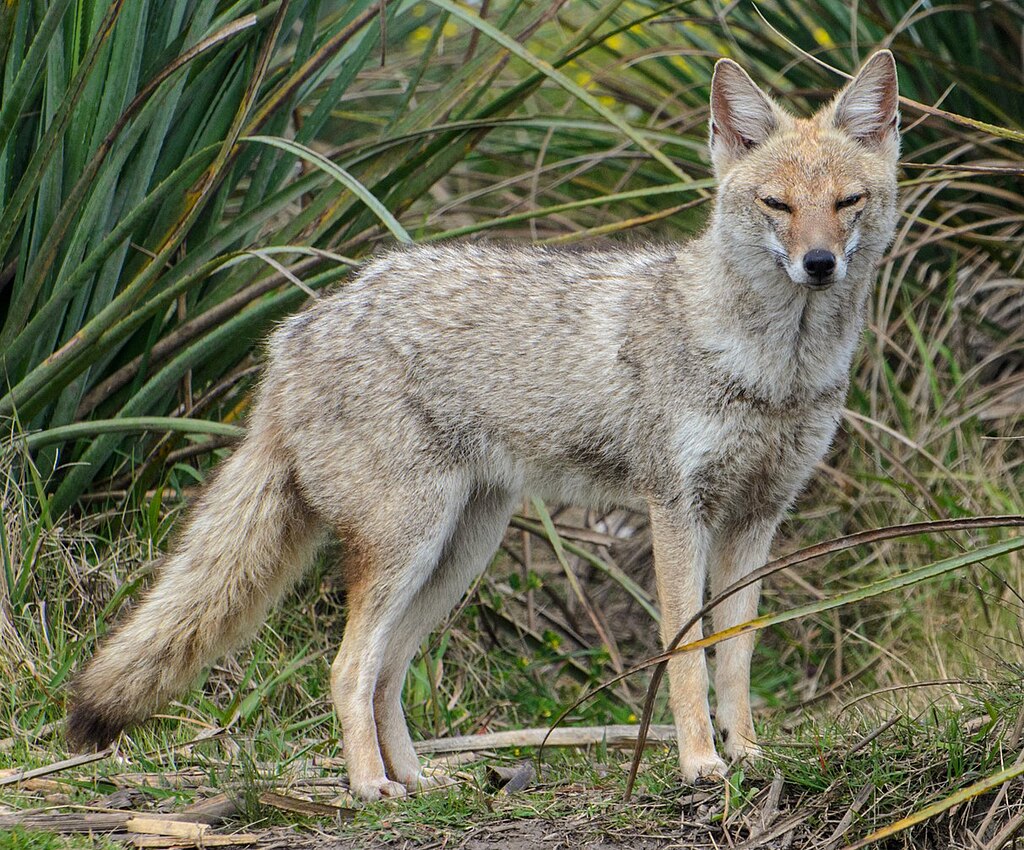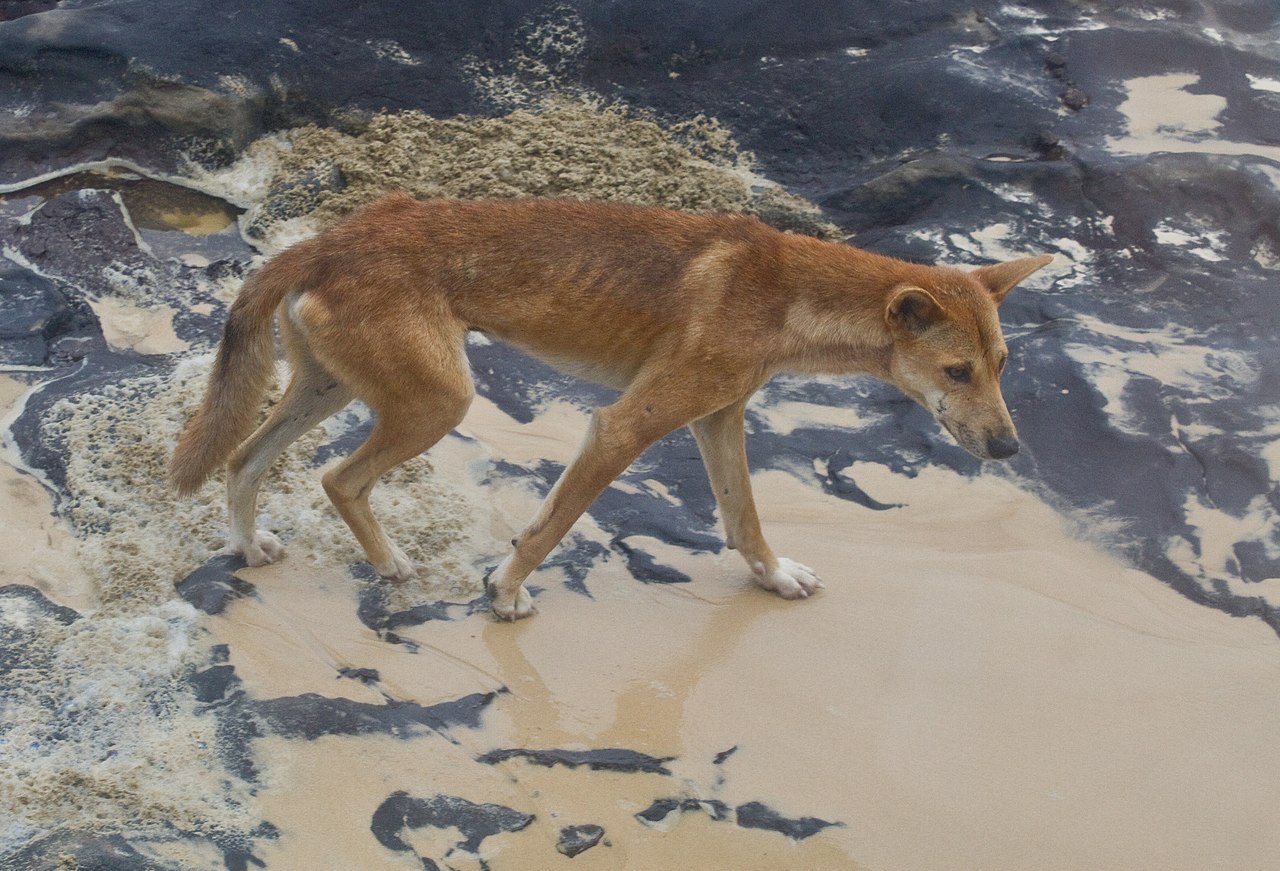The Unprecedented Discovery of a Dog-Fox Hybrid: Implications for Wildlife Conservation
The Unprecedented Discovery of a Dog-Fox Hybrid: Implications for Wildlife Conservation
In an unprecedented discovery, scientists in Brazil have identified the first known hybrid between a domestic dog and a pampas fox. This remarkable finding, which occurred in 2021, challenges previous assumptions about the genetic barriers between different genera of canids and raises important questions about the implications of such hybridization for wildlife conservation.
The Discovery of the Dog-Fox Hybrid
The hybrid, affectionately dubbed the “dog-fox,” was found injured after being hit by a car and was subsequently taken to a local veterinarian. Genetic analysis revealed that its mother was a pampas fox, while its father was a domestic dog of an unspecified breed. The dog-fox exhibited characteristics of both parent species: it barked like a dog but had a thick coat of hair similar to that of a fox. Interestingly, it refused conventional food and showed a preference for live rodents.
This type of hybridization between species from different genera is relatively rare and has not been previously documented in South America. While there have been recorded cases of hybridization between domestic dogs and wild canids, this was the first case involving these two specific species and the first on the continent.
Other Wild Dog Hybridization
In the vast and diverse world of canids, the lines between species are sometimes blurred. One of the most fascinating examples of this is the occurrence of hybridization between domestic dogs and their wild counterparts. This article explores some of the known instances of dog hybridization in the wild and discusses their implications for conservation and biodiversity.
The Coydog: A North American Hybrid
In North America, one of the best-known examples of dog hybridization in the wild is the coydog – a mix between a domestic dog and a coyote (Canis latrans). These hybrids are known to occur in areas where the ranges of coyotes and domestic dogs overlap. Coydogs exhibit traits from both parent species, often resulting in unique behaviors and appearances.
Wolfdogs: A Mix of Domestic and Wild
Wolfdogs, a mix between a domestic dog and a wolf (Canis lupus), are another well-known example of dog hybridization. These hybrids can occur naturally, particularly in areas where wolf populations come into contact with free-ranging dogs. However, many wolfdogs are also bred intentionally for various purposes, ranging from pet trade to military use.
Dog-Jackal Hybrids: An European Phenomenon
In Europe, there have been recorded instances of hybridization between dogs and jackals. These hybrids are particularly interesting because they represent a cross between two species that have significantly different social structures and behaviors.
Dingo-Dog Hybrids: An Australian Case

In Australia, dogs and dingoes have been known to intermix. This has led to concerns about the genetic integrity of the dingo population, as well as potential impacts on local ecosystems due to changes in predator behavior and ecology.
Implications for Conservation
While these instances of hybridization are scientifically fascinating, they also raise important questions about conservation. Hybridization can lead to increased genetic diversity and potentially enhance adaptability to changing environmental conditions. However, it can also pose threats to the long-term persistence of scarce or endangered species through assimilation or outbreeding depression.
Each case of hybridization needs to be evaluated individually to determine its impact on biodiversity and conservation. As we continue to encroach upon wild habitats and alter natural ecosystems, it’s crucial that we remain vigilant in monitoring these changes and their potential impacts on our planet’s biodiversity.
Positive Effects of Hybridization
In some cases, hybridization can contribute to the decline or even extinction of species through loss of reproductive potential and reduced population growth. It can also lead to genetic mixing and loss of genetically distinct populations, which can lessen genotypic variety and disrupt gene complexes coadapted to local environments.
Negative Effects of Hybridization
The case of the dog-fox hybrid underscores the need for further research into the frequency and impact of such hybridization events. Understanding these dynamics is crucial for developing effective conservation strategies. Each case of hybridization needs to be evaluated individually to determine its impact on biodiversity and conservation.
Conclusion
In conclusion, while the discovery of the dog-fox hybrid is fascinating from a scientific perspective, it also serves as a stark reminder of the complex challenges faced by wildlife conservation efforts. As we continue to encroach upon wild habitats and alter natural ecosystems, we must remain vigilant in monitoring these changes and their potential impacts on our planet’s biodiversity.